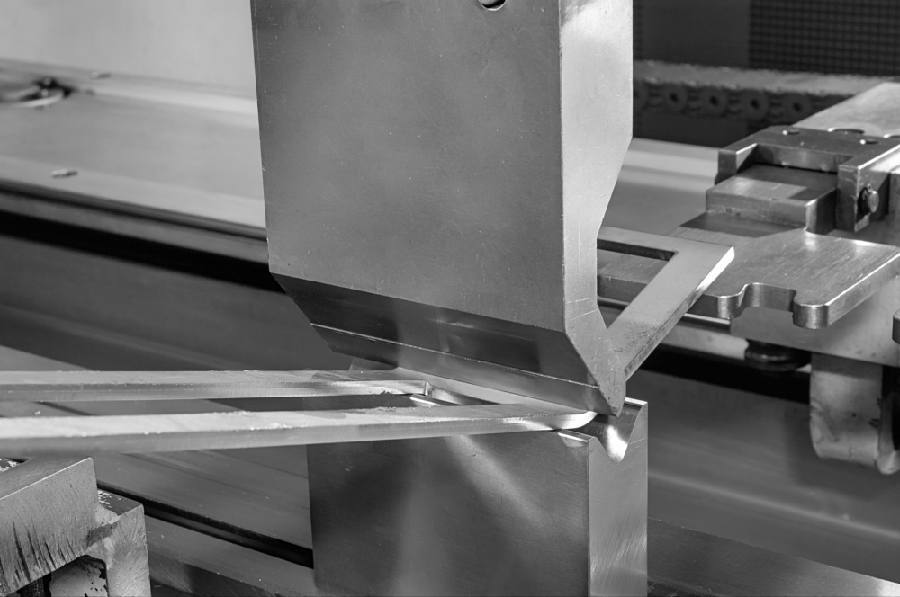The metal fabrication Singapore sector has constantly been a field with several constraints. Molds, casts and equipment always had layout impediments, specifically when it pertained to small and complex components. Design imagination was bound by these limitations. 3D printing has transformed that thinking. To some degree, virtually any imagined component can be literally produced by today’s innovation. New or enhanced products are feasible with lower, inner prices. Designers remain positive as they understand that their talents are no more bound by production restraints.
New Technologies
Industrial 3D printers additionally are affordable at a smaller scale, which implies they support the development of metal producing firms that wish to preserve investments in and connections to the local area and community. Within the current political and social realities, there’s plenty of cause to try to “maintain it local.”.
Automated product handling systems, consisting of automated led automobiles (AGVs) and automated storage space and retrieval systems (ASRS), are achieving ever-wider adoption by this and other companies in the metal making industry.
It takes less and fewer bodies to move products and workpieces via an assembly line: from material storage areas, through laser cutters and CNC devices, and ultimately to evaluation and product packaging operations. That implies the proficient workers you bring onboard can handle these potentially risky, lower-skilled jobs off their plate and focus on more requiring, more detail-oriented and higher-paying job instead.
Saving Countless Dollars in Manufacturing Costs
Production has constantly been a particular niche industry because of the tooling involved. Casts and molds must be made for each exclusive part. Modifying any measurement of those components produces a shortage in the line of product’s profits because those molds should be substituted by new ones. 3D printing offers producers an opportunity to change any type of part on an impulse. One data line altered in the computer system code may be the difference in between a defective and developed component. Over the life of 3D printing, it might be feasible to save millions of bucks on the assembly line alone.
Welding
Welding is an incredibly popular type of fabrication. In this process, 2 or even more items of metal are joined with each other through the treatment of heat and extreme pressure. Metals which need to be linked with each other can be of any form, making this method extremely useful.
Machining
Machining is where the metal load is shaped by removing the undesirable material from it. Makers make use of metal lathes and drills for this, among other machining devices.
Assembly
Once the slab metal items are produced by using the prior procedures, then its time to assemble them. Most of the time, welding is done to set up the metal components in a precise way. Other alternatives other than welding are likewise available such as sticky bonding and riveting.
Finishing
After putting together metal components, finishing is performed to include physical qualities and visuals to them according to the demands. The process might consist of cleaning, painting, covering, priming, and others to shield the surface of metal products from rust or corrosion in different workplaces.

